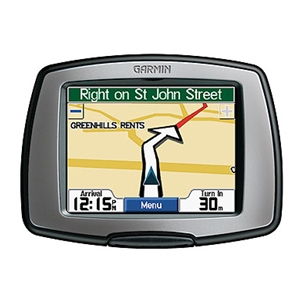 Broadcom recently announced that it has manufactured a new chip that has been specially designed for smartphones. The chip is notable because it will help accelerate the development and adoption of indoor positioning technology. The new chip will be able to record the accelerometer, gyroscope, compass and/or altimeter and use the collected data to feed into indoor positioning apps.
Broadcom recently announced that it has manufactured a new chip that has been specially designed for smartphones. The chip is notable because it will help accelerate the development and adoption of indoor positioning technology. The new chip will be able to record the accelerometer, gyroscope, compass and/or altimeter and use the collected data to feed into indoor positioning apps.
What are the ramifications of this chip’s new capability to collect this kind of data from the smartphone? Here’s an example. If the smartphone has identified the starting point, the smartphone owner’s steps and location can be identified, right down to whether the person is walking up or down stairs (through the altimeter), the general direction of the user (through the gyroscope), and his distance he travels (thanks to the accelerometer).
This technology can open new avenues where GPS can be used, especially with the level of accuracy it promises. Even though the new Broadcom chip can get more information using WiFi, Bluetooth, cellular signals and even NFC (near-field communications), it doesn’t need to rely on these to get accurate data on the user’s location.
Broadcom may be the first company to provide a product that provides indoor GPS capabilities. But it is not the only company aiming to develop the technology. Google and Nokia are two companies that want to get into the indoor GPS arena. For example, Google produced Android 2D maps of locations like malls and airports and, using the position of public WiFi hotspots, triangulate the position of the user. Nokia, on the other hand, uses 3D models for their maps and use Bluetooth communication to find out the position of the user. But this is dependent on whether Bluetooth hardware is available and working in the said areas.
Originally posted on April 26, 2012 @ 8:49 pm
